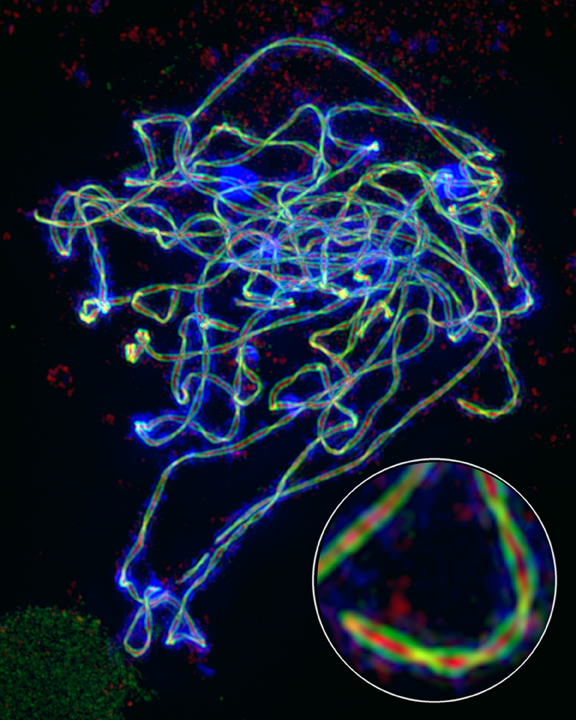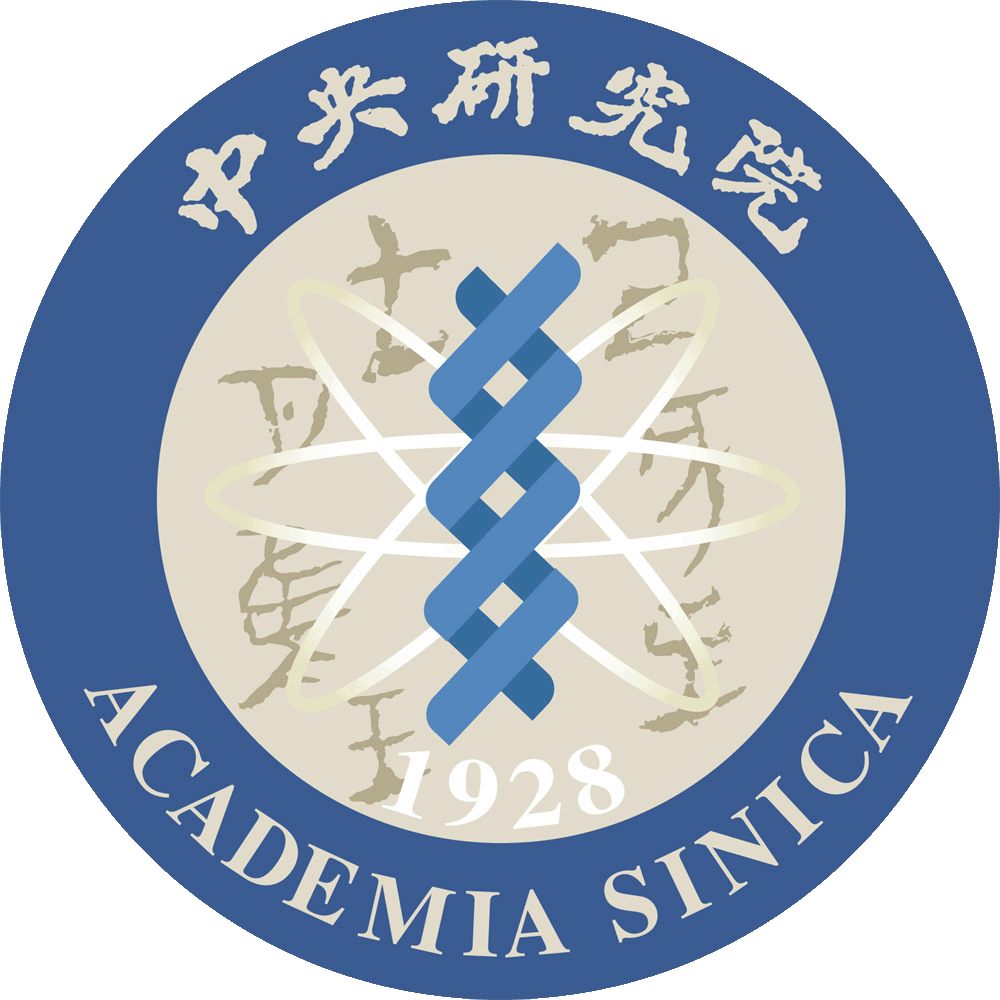|
Meiosis is a specialized cell division that is essential in reproducing organisms to halve the number of chromosomes, which allows restoration of ploidy during fertilization. In addition, meiosis contributes to genetic variation by creating recombination (i.e. crossovers between paternal and maternal chromosomes). Particularly in crop plants like maize, better understanding of meiotic processes will provide vital insights to plant reproduction and potential applications in plant breeding. We aim to understand mechanisms of meiotic initiation and termination, as well as homologous recombination during meiosis, by a combination of molecular biology, cell biology, super-resolution microscopy, biochemistry and proteomics approaches.
Meiotic initiation
In angiosperms, meiosis takes place in sporogenous cells (germ cells) that develop de novo from somatic cells in anthers or ovules. Later, mitotic cell cycle is switched to the meiotic program. However, the molecular mechanisms of meiotic initiation remain largely unknown. By labeling DNA replication in male germ cells, we unveiled a unique pattern of the mitosis-to-meiosis transition which involves a cell cycle quiescence stage to synchronize meiosis prior to the pre-meiotic S phase. Our results further indicated that AM1 and MAC1 are required to establish meiotic synchrony and meiotic initiation, respectively. We now focus on transcriptomic and proteomic analyses of isolated meiocytes to identify other players involved in this transition.
Meiotic exit
In angiosperms, after meiosis is complete, haploid spore exits from meiosis and undergoes mitosis to produce gametophyte (pollen grain and embryo sac). The mechanisms of meiotic exit are poorly understood. The maize Polymitotic1 (Pol1) mutant was first identified by George Beadle in 1929. The male and female meiocytes of pol1 mutant undergo additional divisions after meiosis II without DNA replication. We identified that Pol1 encodes a TPR-like protein. Our proteomic analysis suggested that PO1 is involved in the ubiquitin-mediated protein degradation pathway.
Meiotic recombination
During meiosis, one of most important processes is homologous recombination, which is required for chromosome pairing and later generates crossovers (COs) to connect homologous chromosomes until their separation at the anaphase I. These CO sites represent reciprocal exchange between paternal and maternal chromosomes, so that they reshuffle allelic combinations of a genetic linkage group. This process, taking place only during meiosis, plays an essential role for plant breeding, because a successful breeding program depends on ability to bring the desired combinations of alleles on chromosomes.
Meiotic recombination is initiated by the formation of DNA double-strand-breaks (DSBs), and completed by repair of these breaks. DSBs are formed in the context of chromatin loops, which are anchored to the proteinaceous axial element (AE). The AE later serves as a framework to assemble the synaptonemal complex (SC) that provides a transient but tight connection between homologous chromosomes, regulating CO formation. Only a small subset of DSBs gives rise to COs and the rest become noncrossovers (NCOs). How DSB sites are catalyzed? How chromosomes identify their appropriate pairing partners? How the homologous recognition is coordinated with assembly of the SC? What is the mechanism controlling CO vs NCO formation? To address these questions, we study the DSB machinery, its relationship with chromosome axes, and SC formation. Moreover, we utilize whole-genome bisulfite sequencing (WGBS) to study DNA methylation regulation during meiosis.

Maize synaptonemal complex
Green: axial element Red: central element
|



